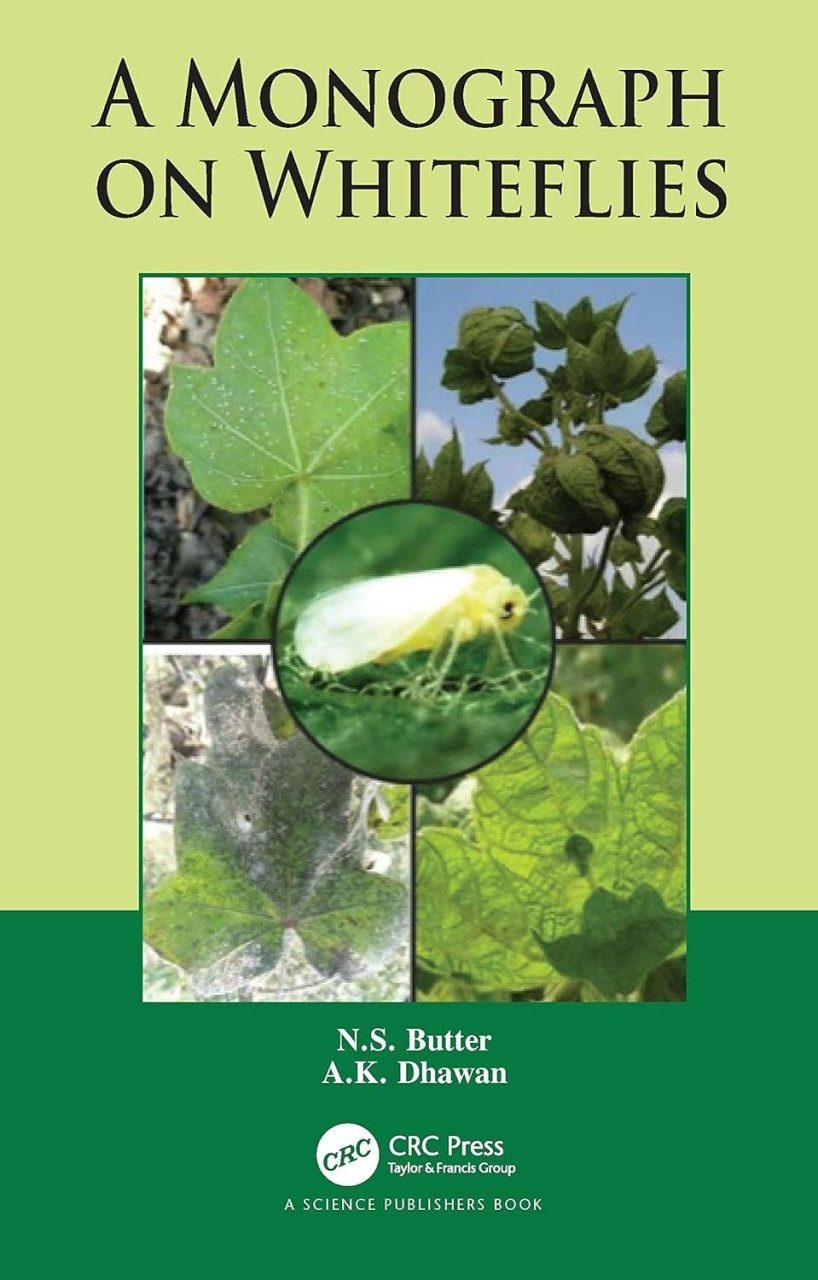
A Monograph on Whiteflies
- Inclusief 9% btw: €71,39
- Exclusief btw: €65,50
- Gratis verzending in Nederland vanaf €50,-*
- Op werkdagen voor 17:00 uur besteld? Zelfde dag verzonden!
- Niet goed? Geld terug
- We denken graag met u mee!


| Auteurs | N.S. Butter & A.K. Dhawan |
| Taal | Engels |
| ISBN | 9780367559076 |
| Uitgever | CRC Press |
| Pagina's | 212 |
| Formaat | 234 x 156 (mm) |
| Bindwijze | Paperback |
| Afbeeldingen | Enkele foto's en illustraties |
| Jaar van uitgave | 2024 |
So far, 1550 species of whiteflies (sap-sucking insects in the order Hemiptera) have been identified. The rapid spread of Bemisia tabaci has occurred throughout the globe and it is regarded as the most notorious species. It is a complex species known to contain many biotypes namely, New World (Biotype -A), B-biotype MEAM1 (Biotype-B or Bemisia argentifolii, and MED (Biotype-Q) depending upon the geographical location. The complete information on the bio-ecology of important species along with the feeding mechanism has been presented in this book. The use of modern techniques of identification has added more biotypes considering the variations in host range, species of endosymbionts, virus transmission efficiency, and resistance to pesticides. The resistance and resurgence due to pesticides are discussed in this monograph, together with information on economic thresholds for judicious use of pesticides or release of natural enemies against whiteflies. The book also gives an overview of pest control methods, including chemical, cultural measures, biocontrol agents, resistant varieties, and mechanical devices. Based on the available information, an integrated model is suggested to contain the whitefly menace under different situations. Considering the key factors responsible for the outbreak of whiteflies, a sound system of IPM can be formulated. The book also discusses the use of semiochemicals and biotechnological tools likely to gain momentum in the future.
Contents
1. Introduction, Identification, and Feeding Mechanism
2. Bioecology and the Extent of Damage
3. Taxonomic Status, Biotypes, and Endosymbionts
4. Population Sampling and Economic Thresholds
5. Pesticides-Resistance and Resurgence
6. Host Plant Resistance
7. Natural Enemy Complex, Entomopathogenic Organisms, and Botanicals
8. Insect Behavior Alteration Approaches
9. Mechanical and Physical Measures
10. Cultural Measures
11. Non-Chemical Measures
12. Weather Parameters and Forecasting Models
13. Vector of Plant Viruses
14. Management Strategies
Er zijn nog geen reviews geschreven over dit product..
Maak uw bestelling compleet